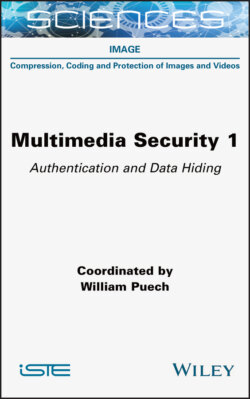Читать книгу Multimedia Security, Volume 1 - William Puech - Страница 14
1.1. Introduction 1.1.1. General context
ОглавлениеThe Internet, digital media, new means of communication and social networks have accelerated the emergence of a connected world where perfect mastery over information becomes utopian. Images are ubiquitous and therefore have become an essential part of the news. Unfortunately, they have also become a tool of disinformation aimed at distracting the public from reality.
Manipulation of images happens everywhere. Simply removing red eyes from family photos could already be called an image manipulation, whereas it is simply aimed at making an image taken with the flash on look more natural. Even amateur photographers can easily erase the electric cables from a vacation panorama and correct physical imperfections such as wrinkles on a face, not to mention the touch-ups done on models in magazines.
Beyond these mostly benign examples, image manipulation can lead to falsified results in scientific publications, reports or journalistic articles. Altered images can imply an altered meaning, and can thus be used as fake evidence, for instance to use as defamation against someone or report a paranormal phenomenon. More frequently, falsified images are published and relayed on social media, in order to create and contribute to the spread of fake news.
The proliferation of consumer software tools and their ease of use have made image manipulation extremely easy and accessible. Some software even go as far as to automatically restore a natural look to an image when parts of it have been altered or deleted. Recently, deep neural networks have made it possible to generate manipulated images almost automatically. One example is the site This Person Does Not Exist1, which randomly generates faces of people who do not exist while being unexpectedly realistic. The most surprising application is undoubtedly the arrival of deepfake methods, which allow, among other things, a face in a video to be replaced with the one of another person (face swapping).
